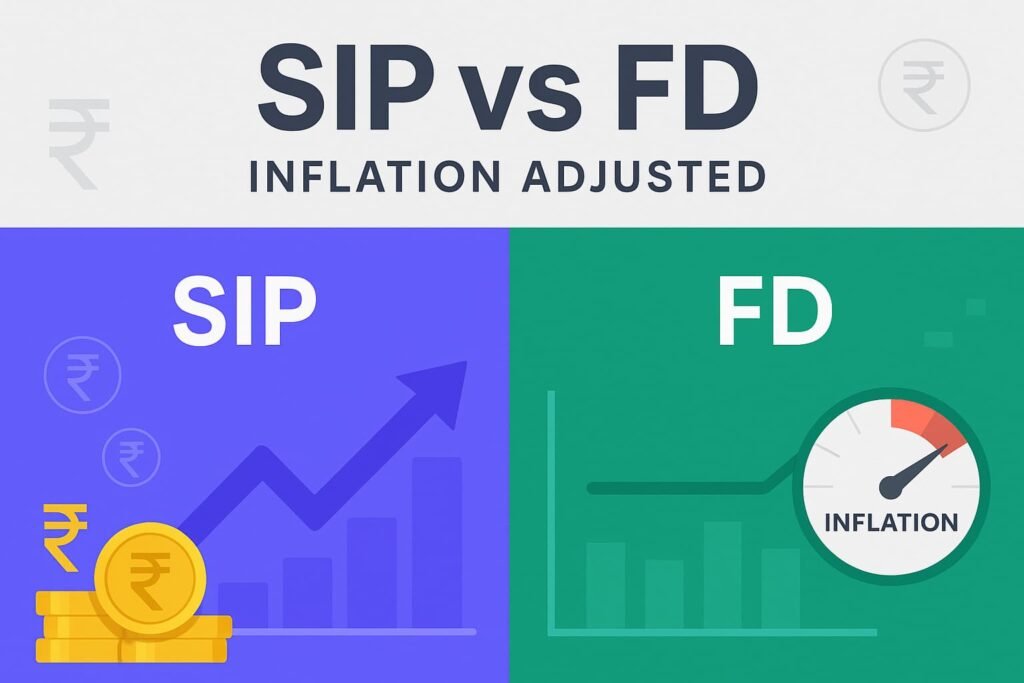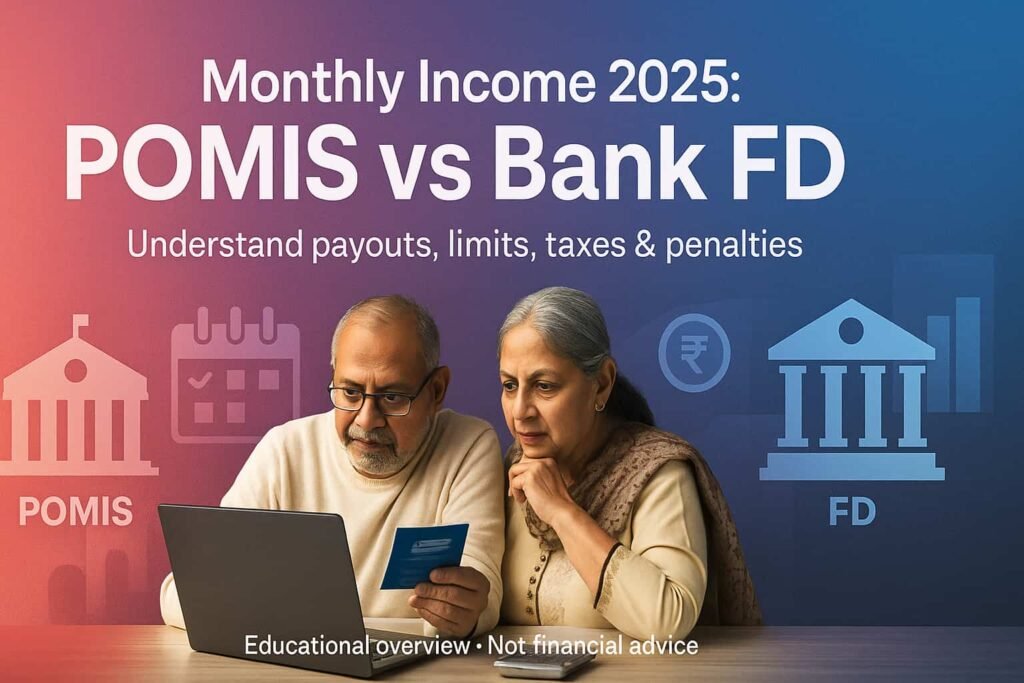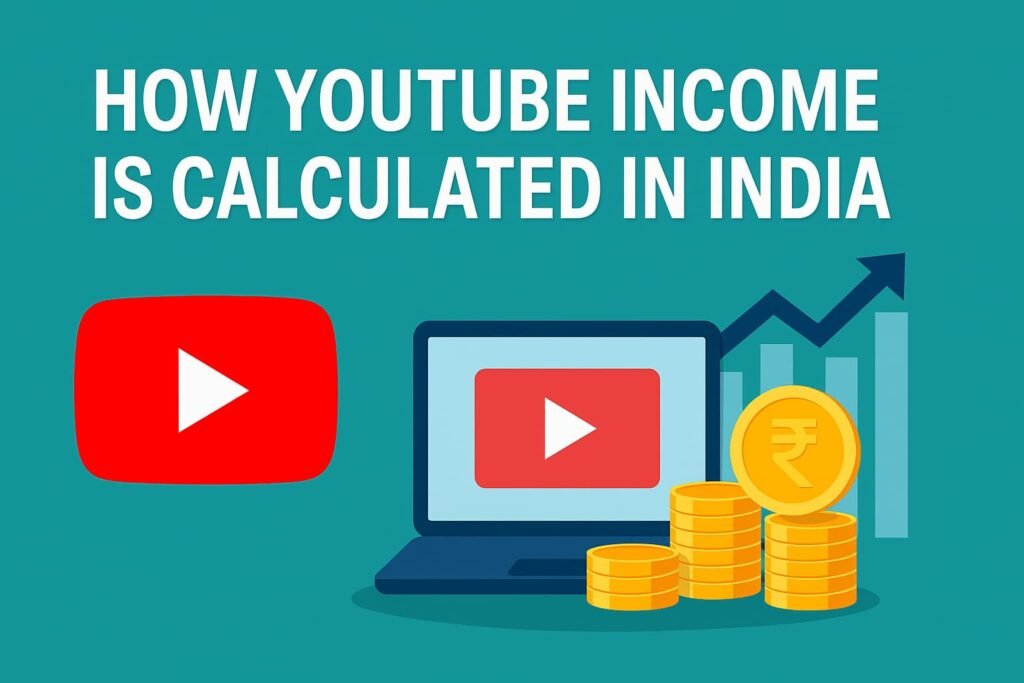Money Guides for India
Clear answers on savings, returns, budgeting, and everyday money choices—built for Indian households.
Compare SIP vs FD with inflation in mind, weigh Post Office MIS vs monthly FDs, test early-retirement feasibility, plan side-income, and decode real-world costs like EV vs petrol commutes—all explained with simple examples.
Money Highlights — Clear & Practical
Inflation-aware returns, monthly income options, early-retirement checks, side-income ideas, budgeting blueprints, commute costs, and income basics.

SIP vs FD: Returns After Inflation
See how inflation changes real returns and when SIP or FD fits your goal.

PO MIS vs Monthly FD Payout
Cash-flow, safety, and when each option makes sense for steady income.

Early Retirement: Feasibility Checks
Corpus math, withdrawal rates, and guardrails for different spending levels.

Side Income for FI
Low-friction ideas, time trade-offs, and how extra cash accelerates goals.

Tea Seller: Budget Blueprint
Daily costs, break-even, and simple tracking to keep profits predictable.

EV vs Petrol: Daily Commute
Running costs, km/day tipping points, and when an EV pays for itself.

Household Income: Monthly or Yearly?
How to read and compare incomes correctly when planning budgets.

YouTube Income: How It’s Calculated
RPMs, niches, and realistic ranges—so creators can plan cash flow.
Money Guides — Quick Primer
A fast, plain-English overview of the topics we cover: savings & returns, monthly income choices, budgeting, side income, and real-world costs.
₹ Savings & Returns 101
Compare options by looking at real return (after inflation), not just nominal rates. SIPs can fluctuate but compound equity growth; FDs give predictable interest. Match the product to your time horizon and risk comfort.
- Short term: prefer safety/liquidity (FDs, RDs, liquid funds).
- Long term: equity SIPs may outpace inflation but move up and down.
- Always compare: goal amount, tenure, expected inflation, taxes.
≡ Monthly Income Options
For steady cash flow, many look at Post Office MIS or monthly-payout FDs. Focus on net credit to bank, lock-in, and penalties for early exit. Remember: interest is typically taxable.
- Cash-flow need: map payouts to monthly bills first.
- Safety: choose reliable issuers; diversify large amounts.
- Liquidity: check premature withdrawal rules & charges.
✓ Budgeting & Everyday Costs
Keep budgeting simple: track income in, fixed bills, and variable spends. For business owners or shopkeepers, list daily costs and break-even. For commuting, compare the total cost of EV vs petrol (energy, maintenance, distance).
- 3 numbers to monitor: savings rate, EMI share, emergency fund months.
- Break-even: daily revenue needed to cover fixed + variable costs.
- Commute math: ₹/km × km/day × days; add servicing & tyres.
+ Side Income & Earnings Basics
Small, consistent projects can lift the savings rate meaningfully. Define effort vs payout, separate business expenses, and set aside tax from the start. When comparing offers, align everything to monthly numbers for clarity.
- Cash-flow first: automate transfers to savings after each payout.
- Buffers: maintain 3–6 months of essential expenses.
- Clarity: convert weekly/annual figures to monthly for apples-to-apples.
⋯ One-Page Checklist
- Write the goal, amount, and timeline (e.g., “₹6L in 24 months”).
- Estimate inflation; use real return for comparisons.
- Pick products by horizon (safety vs growth trade-off).
- Automate savings; review quarterly; rebalance annually.
- Keep documents/receipts if you track business or side income.
Note: These are educational guidelines. For personalised planning, consult a qualified professional.
Money Guides — Page & Topic FAQs
This page collects our most useful money explainers: savings vs returns, monthly income choices, retirement feasibility, budgeting, side income, and everyday cost comparisons.
› What topics are included under Money Guides?
Expect practical pieces on SIP vs FD (with inflation), Post Office MIS vs monthly FD payouts, early-retirement checks, side-income ideas, small-business budgeting (like tea stall basics), EV vs petrol commute costs, and income terminology (monthly vs yearly).
› Are these guides India-specific?
Yes. Examples, assumptions, and language are tailored for Indian households and savers. When we use rates (returns, fuel prices, etc.), they are illustrative; local and time-based variations may apply.
› Do you provide personalised financial advice?
No. These pages are educational. We explain methods and show sample maths so you can adapt them to your numbers. For advice specific to your situation, please consult a qualified professional.
› How should I read comparisons like SIP vs FD or EV vs Petrol?
Use a goal-first approach:
- Horizon: short vs long duration changes the right product.
- Real return: look at returns after inflation and taxes.
- Cash-flow need: monthly payout vs growth for later.
› Do you use calculators or spreadsheets?
We prioritise transparent, step-by-step calculations inside each article. This keeps assumptions clear and easy to verify. If tools are added later, we’ll note them on the relevant page.
› Are brands or products endorsed?
No. We stay brand-neutral. Frameworks and examples help you compare options yourself—returns, risk, costs, and liquidity—without promotions.
› How often are Money Guides updated?
We refresh key pages when rates, costs, or rules change. Where relevant, articles include a “Last updated” note and mention major assumption changes.
› Can I request a topic or report an error?
Yes. Email your suggestion or correction (include the page URL and details) to sevafundsofficial@gmail.com. We aim for clarity and fix verified issues promptly.
› How do I navigate related content?
Start with the highlights above. For credit scores/loans, visit the Credit Guides section; for tax rules and GST maths, see the Income Tax & GST section; for benefits, check Government Schemes.